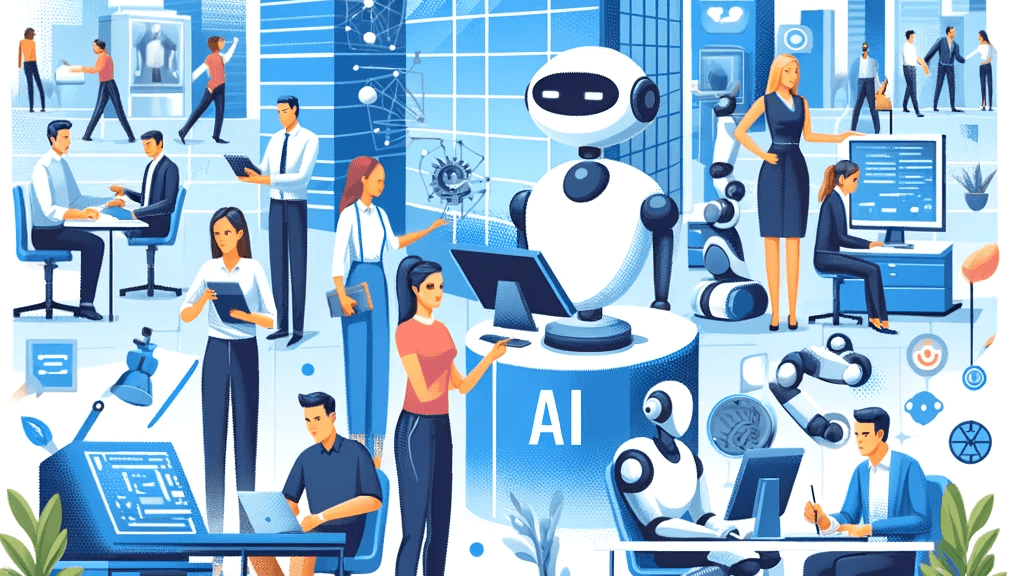
Welcome to the digital age, where the future of work is being redefined by digital automation tools and artificial intelligence (AI). In this comprehensive guide, we delve into how these technologies are revolutionizing the workplace, enhancing productivity, and paving the way for innovative work models. From small businesses to large corporations, the integration of digital automation tools and AI is a game-changer, offering unprecedented opportunities and challenges. Whether you’re a tech enthusiast, a business leader, or just curious about the future of work, this article is your gateway to understanding the dynamic landscape of digital automation and AI.
Table of Contents
The Rise of Digital Automation Tools
Understanding Digital Automation and Digital Workflow Automation
Digital automation has emerged as a pivotal technology in the workplace and broader society. At its core, it involves using technology to automate tasks, requiring minimal or no human intervention. Initially, these tools handled simple, programmable tasks but have now evolved to include a wide array of sophisticated applications, thanks to advancements in artificial intelligence (AI) and machine learning.
A key aspect of this evolution is the development of digital workflow automation. This aspect focuses specifically on streamlining and optimizing the sequence of tasks that constitute a business process. By integrating digital workflow automation, companies can ensure more efficient, error-free processes, leading to enhanced overall productivity. This form of automation not only performs isolated tasks but also intelligently orchestrates the entire workflow, often utilizing AI to adapt and improve processes over time.
As a result, digital automation has shifted from being a mere convenience to becoming a foundational element of modern business efficiency. It plays a crucial role in driving innovation and improving productivity across various industries, reshaping how businesses operate and compete in an increasingly digital world.
Historical Perspective
The journey of digital automation began with the introduction of basic computerized tools aimed at simplifying tasks. These tools primarily focused on repetitive, routine jobs, enabling businesses to increase efficiency and reduce human error. The evolution of these systems over the years has been marked by significant milestones, such as the development of the first business computers, the emergence of the internet, and the advent of cloud computing, each playing a pivotal role in enhancing the capabilities and reach of digital automation tools.
The Early Adopters
Industries such as manufacturing, finance, and customer service were among the first to realize the potential of digital automation. In manufacturing, automation paved the way for mass production with unprecedented precision and speed. In finance, algorithms and automated systems revolutionized how transactions are processed and how data is analyzed, leading to more informed decision-making. Similarly, in customer service, automated tools like chatbots and self-service portals greatly enhanced customer experience, providing quick and efficient solutions to common queries and issues.
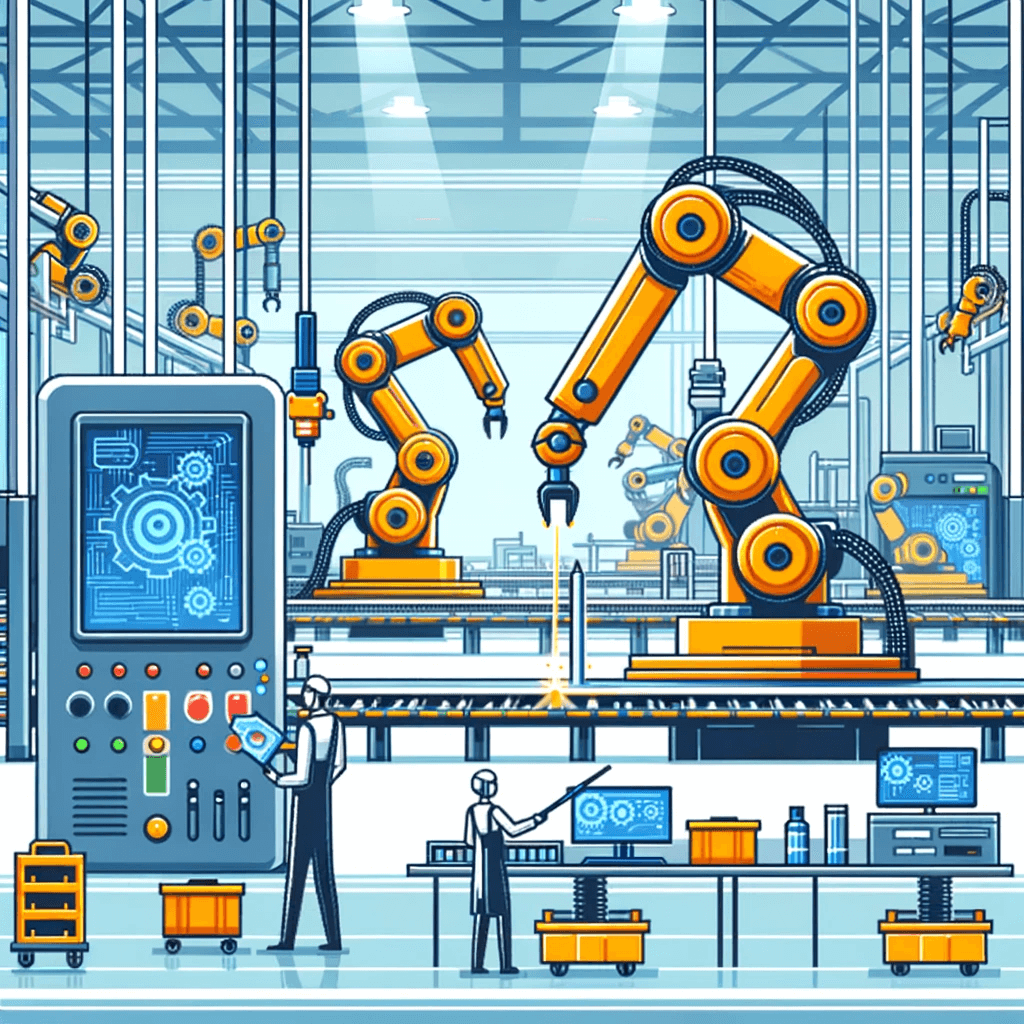
AI in the Workplace: More Than Just Hype
Defining AI in the Modern Workplace
Artificial Intelligence (AI) in the workplace transcends the boundaries of science fiction and has firmly rooted itself as a pivotal element in modern business operations. AI in the workplace refers to the deployment of intelligent algorithms and machine learning models to enhance business processes, decision-making, and customer experiences. Unlike traditional software, AI systems can learn from data, adapt to new inputs, and make decisions with minimal human intervention.
The Evolution of AI in the Workplace
AI’s journey into the workplace began with simple automated tasks and has since evolved into complex systems capable of handling intricate processes. Early applications were limited to basic data entry and analysis tasks. However, with advancements in machine learning, natural language processing, and neural networks, AI has grown to handle more sophisticated tasks such as customer service chatbots, predictive analytics, and even strategic decision-making.
Real-World Applications and Case Studies
- Customer Service: AI-powered chatbots and virtual assistants have transformed customer service, providing 24/7 support, personalized interactions, and quick resolutions to customer queries.
- Human Resources: AI in HR includes resume screening, employee onboarding, and even analyzing employee satisfaction and performance.
- Finance and Accounting: Automated fraud detection, risk assessment, and financial planning are now more efficient and accurate thanks to AI.
- Marketing: AI tools help in understanding customer behavior, optimizing marketing campaigns, and personalizing customer experiences.

Synergy of AI and Automation: A New Era of Productivity
The Intersection of AI and Automation
The convergence of Artificial Intelligence (AI) and digital automation heralds a new era in productivity, characterized by smarter, more efficient, and increasingly autonomous systems. This synergy represents a significant leap beyond traditional automation, which is primarily rule-based and lacks the adaptability and learning capabilities of AI. By integrating AI with digital automation tools, businesses can harness the power of both technologies, leading to enhanced decision-making, process optimization, and innovation.
Enhancing Operational Efficiency
One of the most immediate impacts of this synergy is the significant boost in operational efficiency. AI-powered automation tools can handle complex tasks, learn from data, and adapt to changing conditions without human intervention. This capability enables businesses to automate not just routine tasks, but also those that require analysis, judgment, and adaptation, thereby streamlining operations and reducing the scope for error.
Examples of AI-driven automation in Various Industries
- Manufacturing: AI-driven robots and machinery can adapt to changes in production lines, optimize workflows, and perform predictive maintenance, reducing downtime and increasing output.
- Healthcare: Automated diagnostic tools powered by AI can analyze medical images with greater accuracy and speed than human practitioners, leading to quicker and more accurate diagnoses.
- Retail: AI-enhanced inventory management systems automatically track stock levels, predict demand, and reorder products, ensuring optimal inventory levels and reducing waste.
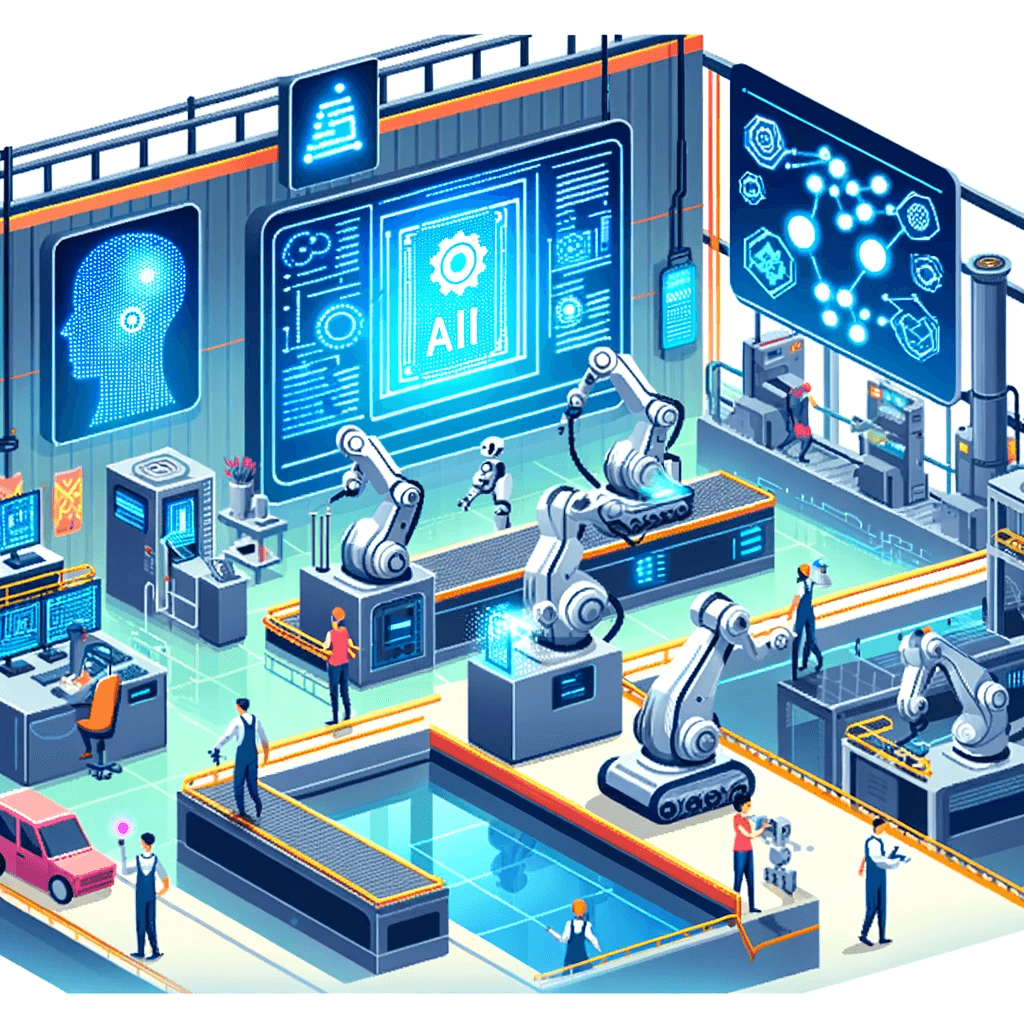
The Impact on Job Roles and Skill Requirements
Transforming the Workforce Landscape
The advent of digital automation tools and AI is not just reshaping the business world; it’s also dramatically altering the job market and skill requirements. This transformation is seen across industries, from manufacturing to healthcare, finance, and beyond. As these technologies automate routine tasks, the nature of many jobs is changing, demanding new skills and roles.
Job Roles: Evolution and Emergence
- Evolution of Existing Roles: Many traditional job roles are evolving. For instance, accountants are now using AI-driven tools for data analysis and prediction, shifting their focus from manual entry to strategic financial planning.
- Emergence of New Roles: The rise of AI and automation has created entirely new job categories. Roles like AI/ML Engineer, Data Scientist, and Automation Specialist are now in high demand.
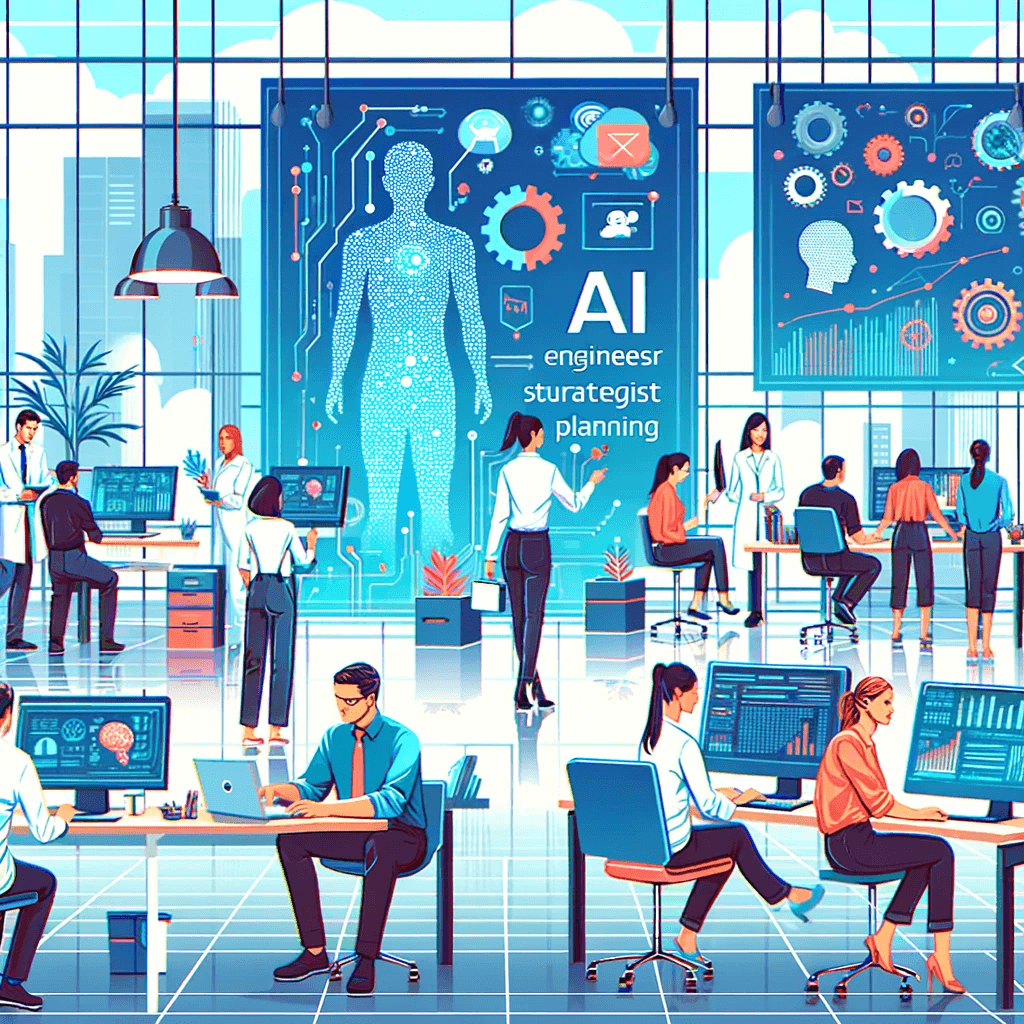
Future Trends: Where are Digital Automation Tools and AI Heading?
The Continual Evolution of AI and Automation
As we look to the future, it’s clear that digital automation tools and AI are on a path of rapid and transformative evolution. This progression is not just about technological advancements; it’s also about how these technologies integrate into every aspect of business and society. We are heading towards a future where AI and automation become ubiquitous, seamlessly woven into the fabric of our daily lives.
Advanced Integration in Everyday Life
- Smart Cities: In urban planning and management, AI and digital automation tools are leading the development of smart cities. These technologies will manage everything from traffic and waste management to energy usage and environmental monitoring, making cities more efficient and sustainable.
- Personalized Healthcare: AI’s role in healthcare is set to expand significantly, with personalized treatment plans based on individual genetic profiles and AI-driven diagnostic tools becoming the norm.
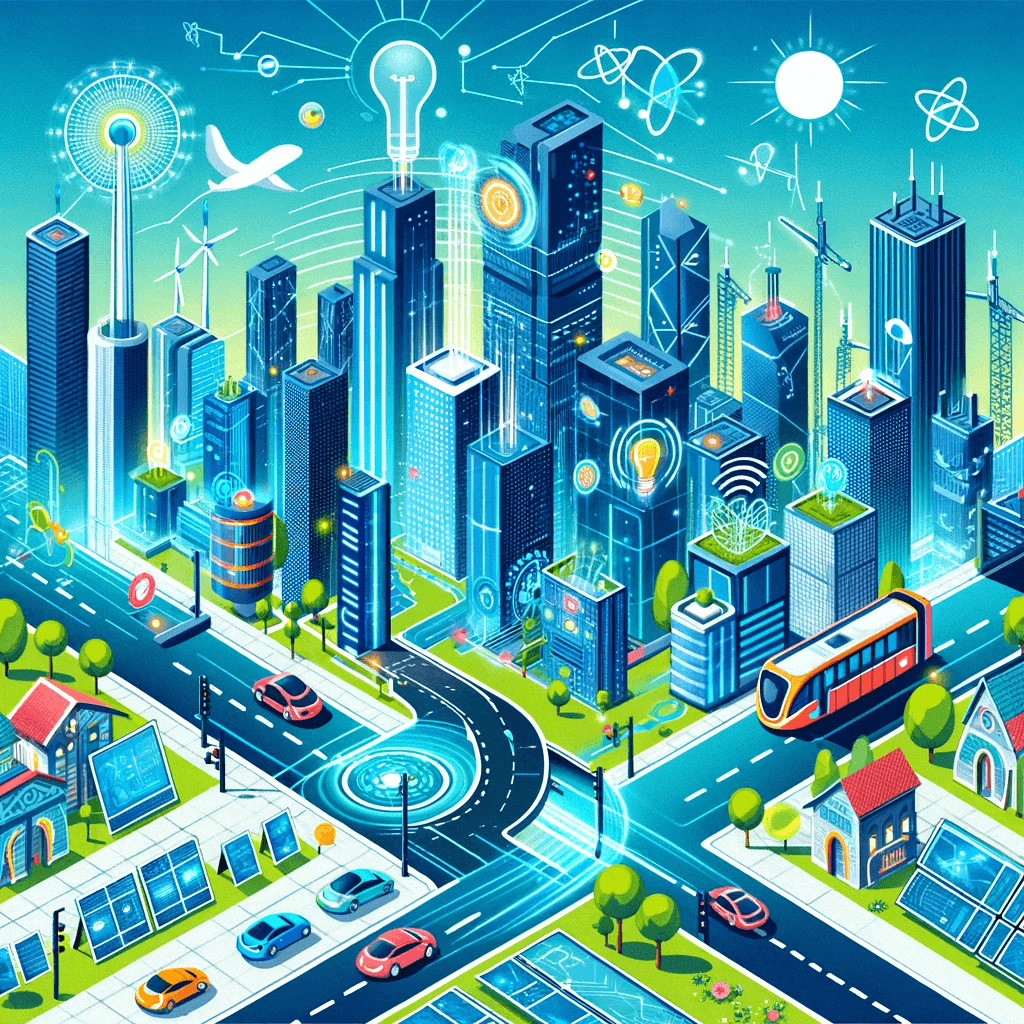
Ethical Considerations and Workplace Dynamics
Navigating the Ethical Landscape of AI and Automation
As AI and digital automation tools become increasingly embedded in the workplace, they bring a host of ethical considerations that organizations must navigate. These technologies are powerful and can significantly influence various aspects of work life and decision-making processes. Addressing the ethical implications is crucial for maintaining trust, transparency, and fairness in the workplace.
Addressing Bias and Fairness
One of the most pressing ethical concerns is the potential for bias in AI systems. AI algorithms are only as unbiased as the data they are trained on. If this data contains historical biases or inaccuracies, the AI’s decisions can perpetuate these biases. Companies must ensure that their AI systems are designed and trained with diverse, inclusive datasets and are regularly audited for fairness and impartiality.
Transparency and Explainability
There is a growing demand for transparency and explainability in AI systems, especially in decision-making processes that affect employees, such as recruitment, promotions, and performance evaluations. Workers have the right to understand how and why an AI system made a particular decision. Developing AI systems that are explainable and decisions that are transparent is essential for maintaining trust and accountability.

Conclusion: Embracing the Future with Digital Automation Tools and AI
The rise of digital automation tools and AI is revolutionizing the workplace, bringing new productivity and innovation while transforming job roles and skills. This synergy enhances efficiency and fosters creativity, though it also introduces ethical challenges in bias, transparency, and privacy. Embracing these technologies and addressing their ethical implications is key to leveraging their full potential for a more efficient, innovative, and inclusive future of work.


